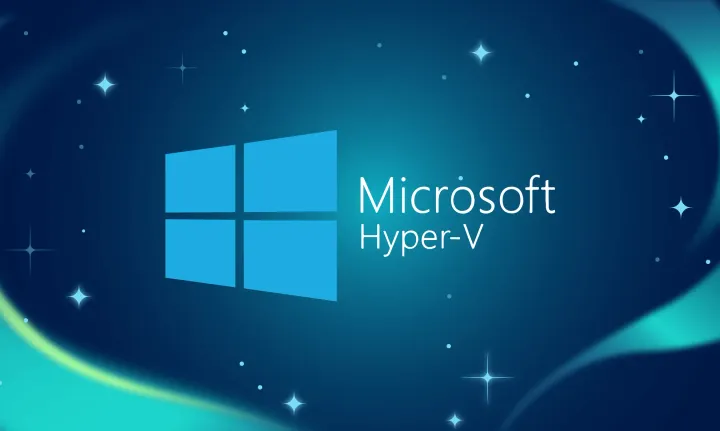eBook - Better Unit Testing with Microsoft Fakes–available now…
I was fortunate enough to work on a team for the past year on producing an eBook that covers the Microsoft Fakes Framework that shipped as part of Visual Studio 2012. Note that Fakes is or will be available in the Premium edition of VS2012 with Update 2.
Download the guide: http://vsartesttoolingguide.codeplex.com/releases/view/102290
Mike Fourie was the lead on this, and w/ out Mike, this wouldn’t be where it is today…
The team was made up of ALM Rangers from Microsoft and partners, providing a broad based set of experiences that helped shape the guide towards real world scenarios.
Brian Blackman, Carsten Duellmann, Dan Marzolini, Darren Rich, David V. Corbin, Hamid Shahid, Hosam Kamel, Jakob Ehn, Joshua Weber, Mehmet Aras, Patricia Wagner, Peter Provost, Richard Albrecht, Richard Fennell, Rob Jarratt, Shawn Cicoria, Waldyr Felix, Willy-Peter Schaub
Here’s the TOC:
Foreword
Introduction
Chapter 1: A Brief Theory of Unit Testing
-
Software testing
-
The fine line between good and flawed unit testing
Chapter 2: Introducing Microsoft Fakes
- Stubs
- Shims
- Choosing between a stub and a shim
Chapter 3: Migrating to Microsoft Fakes
- Migrating from Moles to Microsoft Fakes
- Migrating from commercial and open source frameworks
Chapter 4: Miscellaneous Topics
- Targeting Microsoft .NET Framework 4
- Adopting Microsoft Fakes in a team
- You can’t Fake everything!
- Verbose logging
- Working with strong named assemblies
- Optimizing the generation of Fakes
- Looking under the covers
- Refactoring code under test
- Removing Fakes from a project
- Using Fakes with Team Foundation Version Control
- Using Microsoft Fakes with ASP.NET MVC
Chapter 5: Advanced Techniques
- Dealing with Windows Communication Foundation (WCF) service boundaries
- Dealing with non-deterministic calculations
- Gathering use-case and other analytical information
- Analyzing internal state
- Avoiding duplication of testing structures
Chapter 6: Hands-on Lab
- Exercise 1: Using Stubs to isolate database access (20 – 30 min)
- Exercise 2: Using Shims to isolate from file system and date (20 – 30 min)
- Exercise 3: Using Microsoft Fakes with SharePoint (20 – 30 min)
- Exercise 4: Bringing a complex codebase under test (20 – 30 min)
In Conclusion
Appendix


